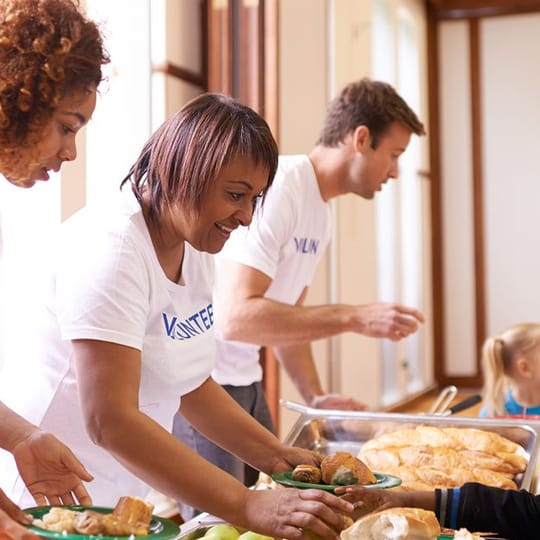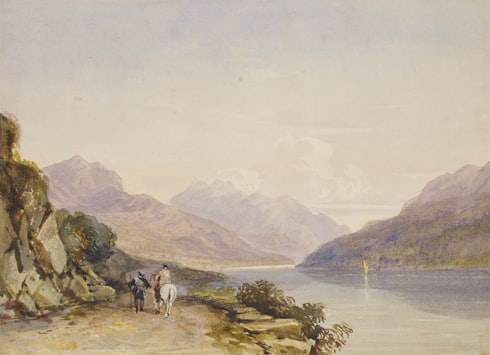
Giving Is Glue
Why a gift works so well on the giver
You’re probably familiar with the famous Harvard Study of Adult Development, known generally as the Happiness Study. Its most powerful conclusion: the key to a long, healthy, happy life is warm relationships.
So how do we develop these relationships? Being a giving person might be the best strategy. Altruism, for example, is something we strongly prefer in potential mates for long-term intimacy. But why does giving make for relationships that last? The answer is in what giving does to the giver.
Think about the relationship between a newborn and her parents. It’s almost entirely one-sided. Parents will sacrifice sleep, clean up vomit, change endless diapers, and endure being screamed at by a tiny human who gives almost nothing in return. (It’s a miracle my four kids survived.) Why do parents do it?
The reason is because caring for someone else generates love for them. We usually think of love as the motive for a selfless act, ignoring how it is just as often the result of one. Our attachments often come from our generosity, not the other way around.
This even works with strangers. Consider the pan-handler you donate to versus the one you pass by. If you gave a few bucks, you’re likely to think of that person all day, wondering about their life. If you walked by, you’re likely not to think of them ever again.
Giving is glue. And not just because it makes us feel indebted as receivers. We’re far too capable of ingratitude for that to be enough. Instead, our generosity binds us as givers to the recipients of our kindness. Giving is a way that we attach ourselves to others; it enhances our feelings of commitment instead of relieving them.
Can we give too much? Of course. But in a time when self-care gets more attention than care for others, it’s worth pushing back against the idea that giving too much is the bigger risk. Paraphrasing a good friend of mine, our relationships are more likely to rust out than to wear out. Giving is a powerful way to keep our connections vibrant and healthy.
Is there someone you need a deeper connection with? What can you give them so you feel more committed?
(For more on the Harvard Happiness study, here’s a fascinating TED talk.)
Seeing Good at Work
When it comes to making deep, lasting connections, I deeply admire SOS Children’s Villages. They adopt orphaned or abandoned children and raise them in family-like communities in 136 countries around the world, having helped raise more than four million kids.

Each of these village communities—556 of them worldwide—has homes with up to 10 kids of varying ages and are run by “moms” and “aunties” whose own children are grown and moved out. To work as a mom at SOS, you have to be willing to make a decade-long commitment so that the children can benefit from a stable relationship while they grow up.
SOS also helps the kids from cradle to career, well into their adult years, with college support and mentoring. Their work also includes extensive programs to strengthen families in the surrounding communities. It’s an incredible model that I’ve seen first-hand in Ghana, and one of my favorite global organizations working with children.
Promotional Stuff
As always, I hope you will share Good at Work with a friend. That’s the most effective way for others to learn about it, and it means the world to me if I wrote something that you want to share.



